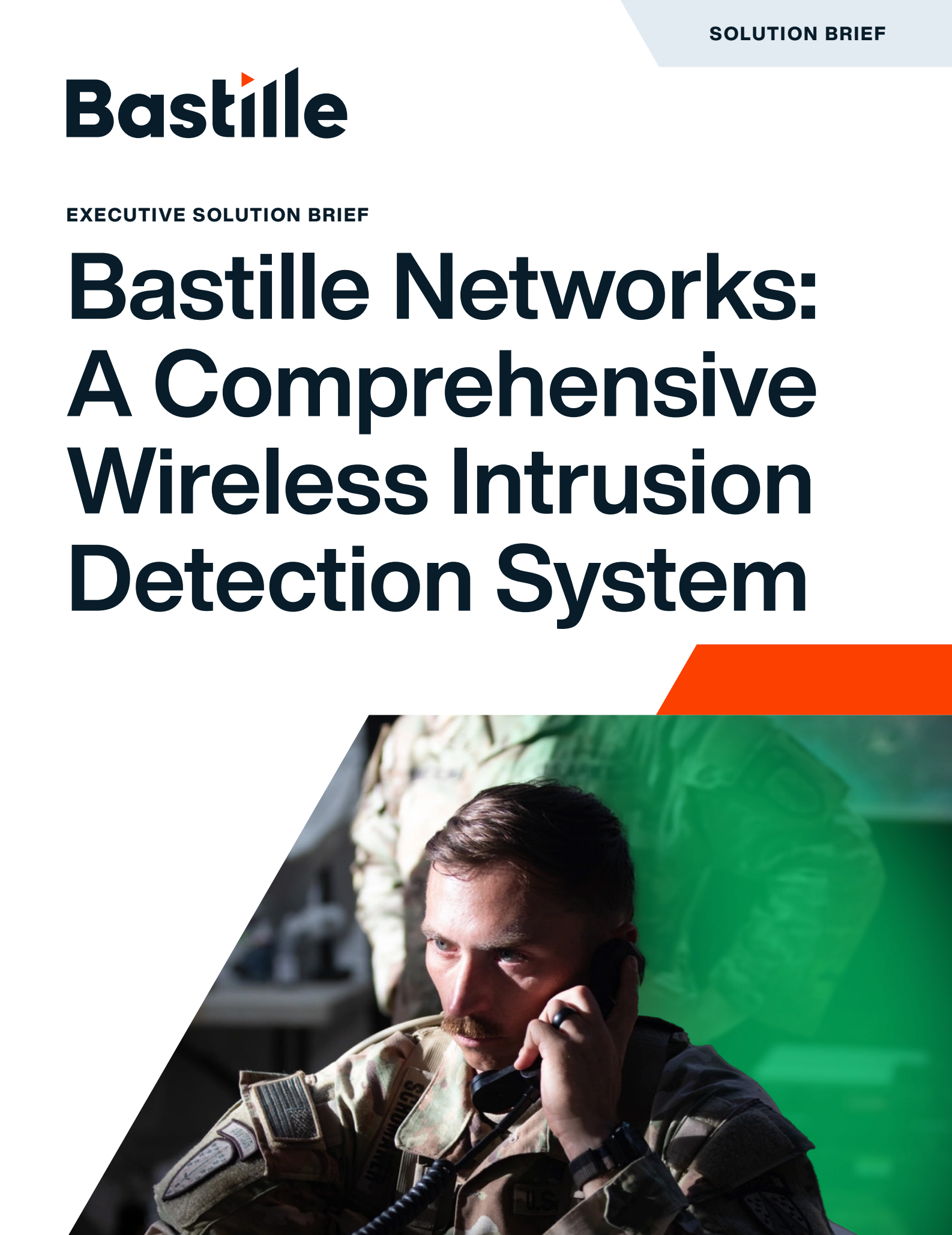
Datacenters increasingly support mission-critical operations, from AI model training to cloud infrastructure and co-located enterprise workloads. Threat actors seek unconventional pathways into high-value environments as organizations scale digital services and ramp up compute and storage capacity. Wireless airspace remains one of the least monitored and most vulnerable vectors in datacenter security.
Security leaders have hardened networks, segmented infrastructure, and enforced physical access control. However, these controls leave a critical gap without visibility into the radio frequency (RF) spectrum. Rogue cellular hotspots, unauthorized Bluetooth transmissions, and unmonitored Wi-Fi signals can bypass established defenses, creating direct channels for data exfiltration, command and control, or disruption.
CISOs must extend their security programs to include wireless airspace monitoring to protect sensitive systems, reduce dwell time, and support compliance in environments where the margin for error is minimal.
Wireless Risk as a Business and Operational Challenge
Modern data centers operate in high-density environments where wireless emissions originate from various sources, including authorized maintenance tools, embedded Internet of Things (IoT) components, and mobile devices used by staff, vendors, or tenants. Despite the growing use of RF-enabled systems, most organizations lack continuous visibility into these emissions.
Unmonitored airspace introduces several strategic risks:
- Rogue or misconfigured wireless devices can enable data leakage without touching the wired network
- Insider threats can leverage unsanctioned cellular connections to bypass segmentation.
- External actors can probe facilities for wireless entry points or exploit device misbehavior for lateral movement.
Traditional defenses often fail to detect these activities, leaving leadership without the necessary telemetry to assess and respond to RF-based threats in real time.
Datacenter Use Cases That Require Airspace Visibility
AI-Focused Datacenters
AI infrastructure often involves experimental hardware, rapid iteration cycles, and large volumes of sensitive training data. Developers and engineers frequently introduce new devices, some of which carry undocumented wireless capabilities. Without RF monitoring, security teams cannot detect when a misconfigured device transmits sensitive data outside the facility or exposes model artifacts through unintended channels.
Hyperscale Cloud Environments
Hyperscalers manage large-scale global infrastructure with high personnel turnover, tight service-level objectives, and distributed operations. A single LTE modem or unapproved access point introduced by a technician can enable unintended network bridging or data leakage. Given the scale, centralized IT policies cannot prevent every wireless emission. Security leaders require real-time alerting and localized signal analysis to address these gaps.
Co-Location Facilities
Co-location operators face a unique challenge: each tenant installs and manages its equipment, while the facility owner remains accountable for the overall security posture and compliance. Wireless transmissions do not respect tenant boundaries. A single customer’s rogue device can disrupt another’s operations or create exposures across the entire facility. Facility operators cannot consistently detect violations or enforce RF policy across the shared environment without airspace visibility.
Strategic Value of Wireless Monitoring
Wireless airspace monitoring provides a critical extension to existing physical and network security controls. Leading solutions passively observe the RF spectrum, identify unauthorized emissions, and localize signals to specific zones or racks. This capability supports a variety of operational goals:
- Threat Detection: Detects and classifies Wi-Fi, Bluetooth, LTE, 5G, and proprietary RF protocols across the full spectrum.
- Policy Enforcement: Enables enforcement of “no wireless” zones and verifies compliance with internal and tenant-specific RF policies.
- Incident Response: Provides actionable telemetry and location data to accelerate investigation and containment efforts.
- Compliance and Audit Support: Produces historical signal records that support forensic investigations, risk reviews, and third-party audits.
With this intelligence, security teams can proactively address unauthorized RF activity, reducing the time it takes to detect and respond.
Business Outcomes for Security Decision Makers
Implementing wireless airspace monitoring aligns with key executive priorities:
- Significantly reduces operational risk by detecting invisible threats that bypass traditional defenses
- Supports compliance initiatives such as ISO 27001, SOC 2, and sector-specific regulations involving data segregation and physical security
- Strengthens customer trust by addressing RF threats that could impact tenant isolation, uptime, or SLA fulfillment
- Improves resilience in the face of increasingly mobile, hybrid, and signal-dense environments
Security leaders who treat RF visibility as part of core datacenter hygiene will gain a strategic advantage. As wireless-capable devices proliferate and attackers adopt more covert tactics, facilities without airspace monitoring will continue to carry elevated risk.
Conclusion
CISOs and security executives cannot afford to treat wireless airspace as an afterthought. Data centers must now defend their physical infrastructure, digital systems, and the electromagnetic spectrum as part of a unified security architecture.
Wireless airspace monitoring delivers the visibility, intelligence, and operational control required to mitigate signal-borne threats in complex, high-value environments. As AI workloads grow, cloud adoption accelerates, and tenant density increases, proactive RF security will become a defining characteristic of modern data center defense.



